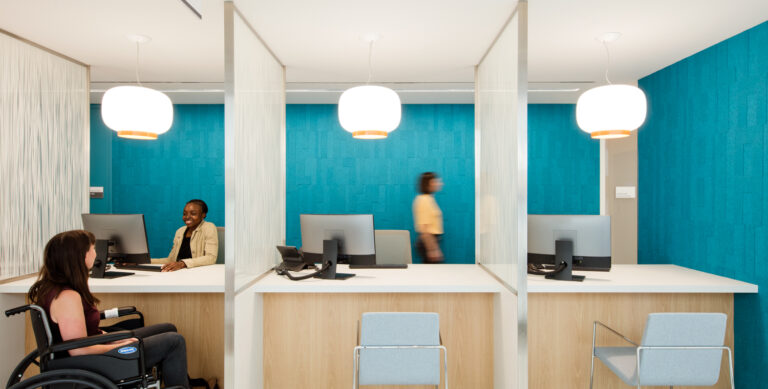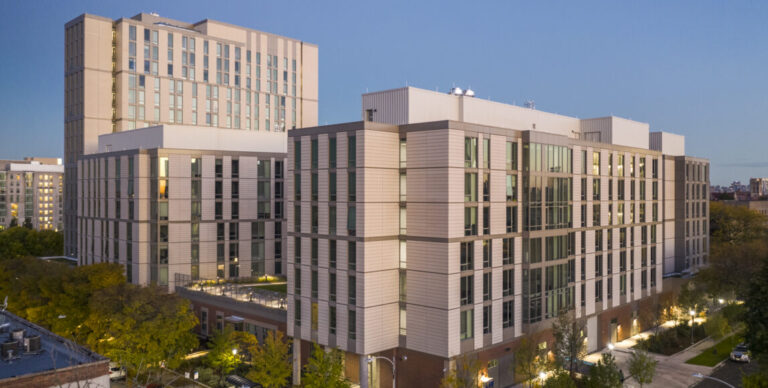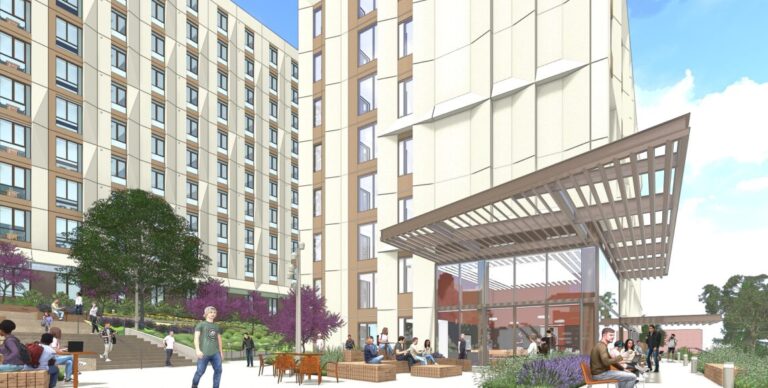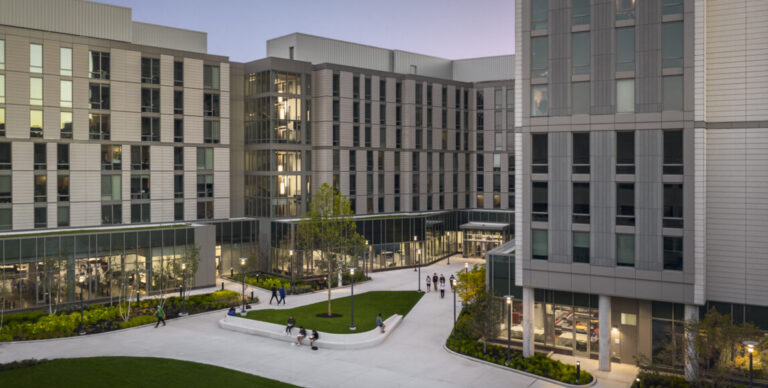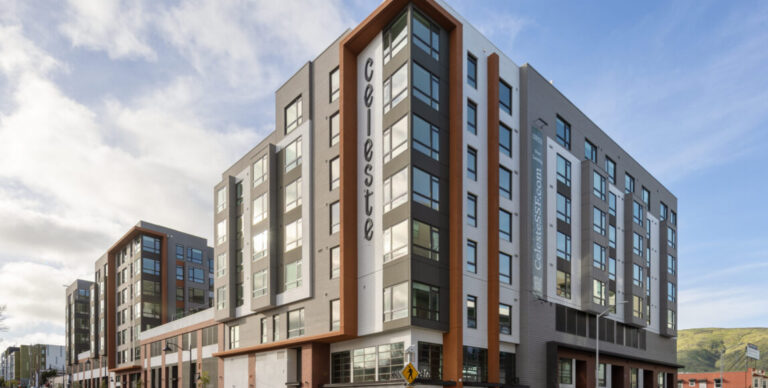Avoiding Delays in Student Housing Starts Before You Break Ground
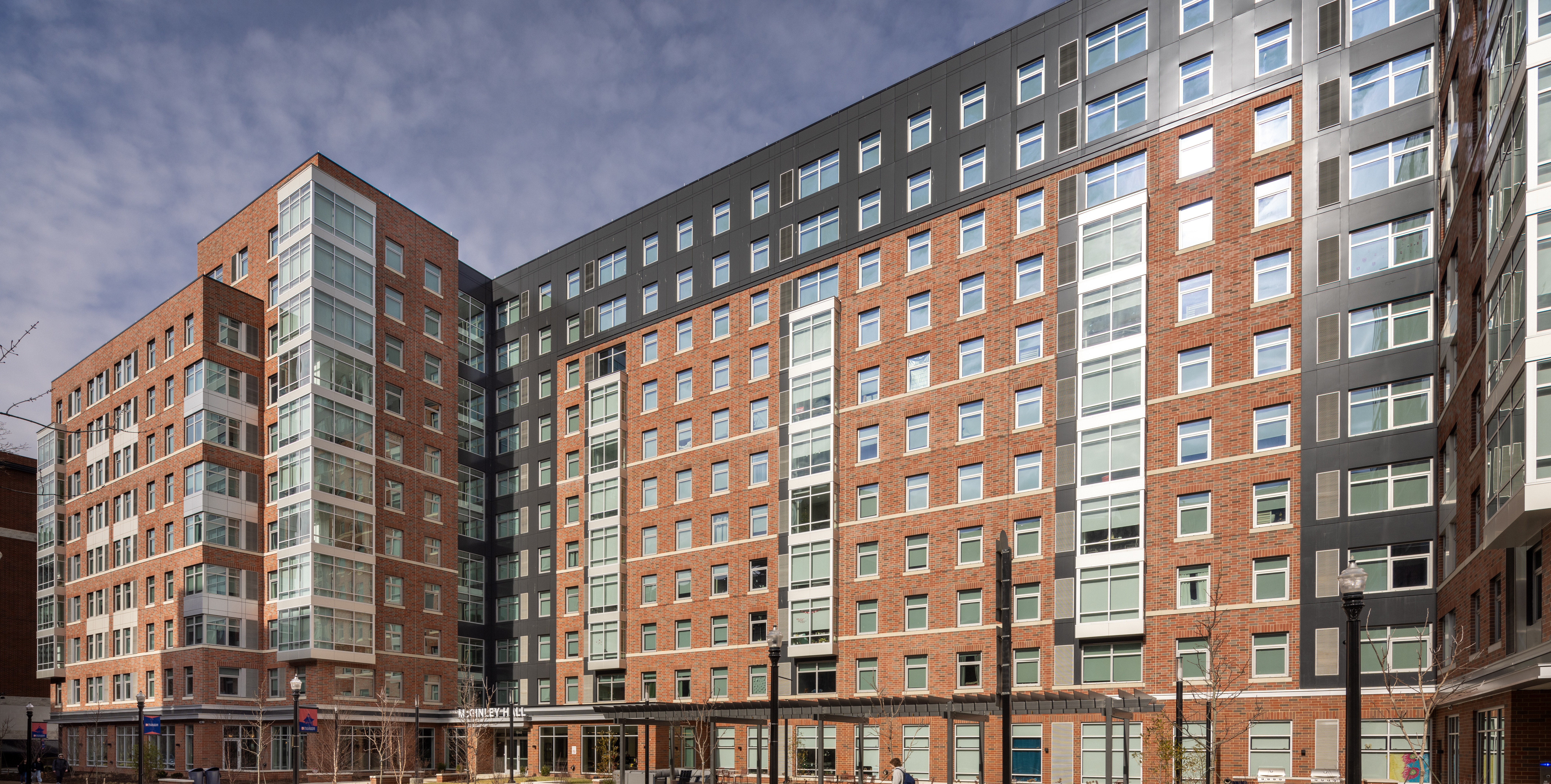
In student housing, August is more than just a deadline. One missed delivery window can displace hundreds of students, resulting in significant financial losses and damaged reputations that took years to build. From strategy to execution, student housing is full of curveballs like funding snags, permitting delays, and unforeseen existing conditions – all of which can derail a timeline. The good news? Most delays can be anticipated with the right planning – read on to learn some new approaches to take and questions to ask to help improve project predictability.
Plan Backward from August
To hit an August delivery, planning backward from the target date is key. For large-scale projects, which can consist of 1,000 beds or more, that timeline stretches back even further.
Early starts only go so far; you also need flexible schedules with built-in float to absorb the unexpected. General contractor timelines offer a starting point, but real accuracy comes from communication with the subcontractors who will do the work.
Making realistic assumptions from day one about weather and permitting, while also establishing backup plans for long-lead items like switchgear, elevators, or furniture, for example, help teams adjust in real time–even down to last-minute touch-ups. No one wants the students to be moving in as the paint is still drying.
Ask the Right Questions – Early
Many of the most painful delays in student housing delivery come from assumptions made too early, or things that happen because no one asked the right questions at the start. Before any contracts are signed or dirt is moved, it’s key to discuss with stakeholders and take stock of potential risks – such as local codes, utility access, and soil conditions – to save time, money, and precious mental energy months down the line.
For instance, understanding who holds approval authority and how often they meet is crucial to building an effective development timeline. Knowing whether the city requires separate utility approvals, how long the building permit process will take, or how many site borings are truly sufficient, can help point to red flags that might otherwise be missed.
Another best practice is to work with local consultants as their familiarity with the permitting culture and political landscape can help to accelerate timelines or prevent costly timeline errors on a project. For example, during a previous student housing project working on behalf of a developer, our team leveraged existing relationships with the city staff to ensure permit applications adhered to small, informal nuances that helped avoid multiple rounds of revisions and resubmissions.
Identify Site-Specific Risks Early
Student housing developments on- and off-campus come with entirely different approval paths, risk profiles, and expectations.
On-campus projects often benefit from simplified financing, especially when universities self-fund using endowments or other capital reserves. Some on-campus jobs can bypass city permitting entirely, which helps to streamline the process. However, universities often bring their own complexity, which can include multiple approval committees, lengthy board cycles, and stricter design reviews.
Off-campus projects, on the other hand, avoid internal university bureaucracy but face other unpredictable external forces. Local “NIMBY” resistance, zoning restrictions, and permitting bottlenecks are some of the more common issues, particularly if the development is being built in smaller or politically charged college towns. For example, one recent student housing project was the only development permitted in the city for a full year, which demonstrates how community politics can become a major development obstacle.
Each type of project calls for a tailored risk strategy. Predictability hinges on knowing who controls the timeline, whether that’s a university board, a city planner, or a state approval office. Identify them early and build relationships accordingly.
Navigate Permitting Politics Effectively
Permits can grind progress to a halt, especially in cities where a few overworked staff members hold the keys. But the right relationships can keep things moving. In some cities, longstanding relationships and local credibility can smooth the permitting path, even when resources are stretched thin.
Above all, human interactions count. That’s why due diligence should start with mapping the approval hierarchy and confirming who has decision-making power across the project. Learning how to navigate both city and university processes is key – in some cases, securing a foundation permit early while still waiting on a full building permit can buy valuable time.
Similarly, final steps like FF&E installation often come down to regulatory logistics. Student housing vendors who specialize in the field understand the pressure and are more likely to meet tight installation windows, while less experienced vendors unfamiliar with summer delivery crunches could potentially cause delays. Tight coordination between furniture installers, subcontractors, and even elevator logistics is critical, especially when August move-in dates are immovable.
Approach Student Housing with a Crisis-Ready Mindset
Student housing is multifamily under pressure. Miss the deadline, and you face hotel bills, financial losses, and reputational damage. That’s why success hinges on early planning, hard questions, and proactive execution.
Effective student housing goes beyond beds and buildings – it requires trust, timing, and precision. The calendar won’t wait, so neither can project planning. Whether it is a 2,000-bed tower on-campus, or a 500-bed off-campus development, success depends on preparing early, asking the tough questions, and staying relentlessly proactive. In student housing, predictability doesn’t mean perfection; it means being prepared before August arrives.
Connect with this article’s contributors:
Brad Moeller, Vice President
Eric Gould, Project Director
The Art of Winning Work in Behavioral Health Facility Development
Winning funding or work in behavioral health facility development is part science, part art.
